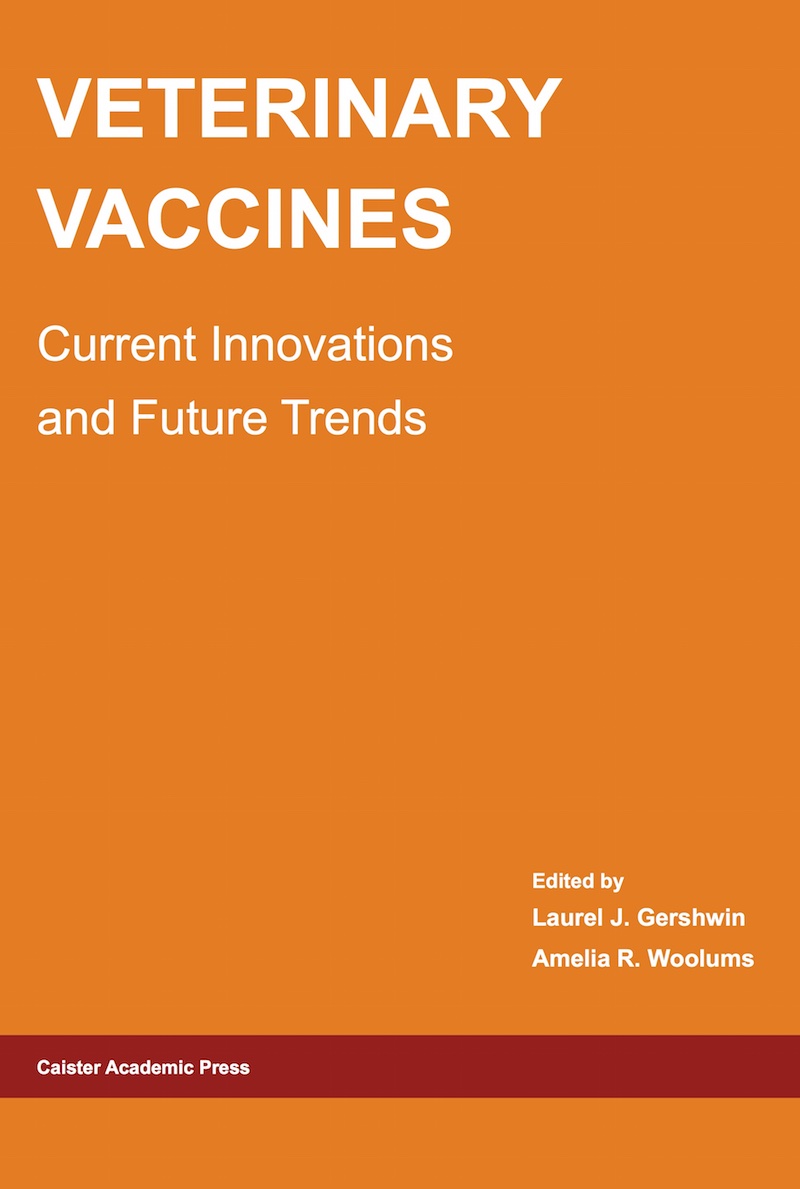How Molecular Typing has Changed our Understanding on Sources and Transmission Routes of Campylobacteriosis in Finland
Caroline P. A. de Haan, Rauni I Kivistö, Hilpi Rautelin and Marja-Liisa Hänninen
from: Campylobacter Ecology and Evolution (Edited by: Samuel K. Sheppard). Caister Academic Press, U.K. (2014)
Abstract
In this chapter we will present a short review on data concerning the analysis of sources/reservoirs important in the epidemiology of campylobacteriosis among Finnish patients who acquired their infection from domestic sources between 1996 and 2006. We describe epidemiological studies on sporadic cases to find important risk factors and studies on water- and milk-borne outbreaks. In addition, we describe strain characterization, which includes Penner serotyping, pulsed-field gel electrophoresis (PFGE) and multilocus sequence typing (MLST). Also, we discuss results of source attribution modeling studies. Our results have shown that the strains circulating in Finland in different hosts are diverse but certain types predominate and some are present persistently in fluctuating proportions. In addition, the chicken flocks were less likely to be positive for Campylobacter compared to most other similar studies. This suggests that they may contribute less to the relative burden of human campylobacteriosis compared to estimates in some other European countries. Therefore, other sources, such as water or environmental exposure, may be additional transmission routes in Finland read more ...



